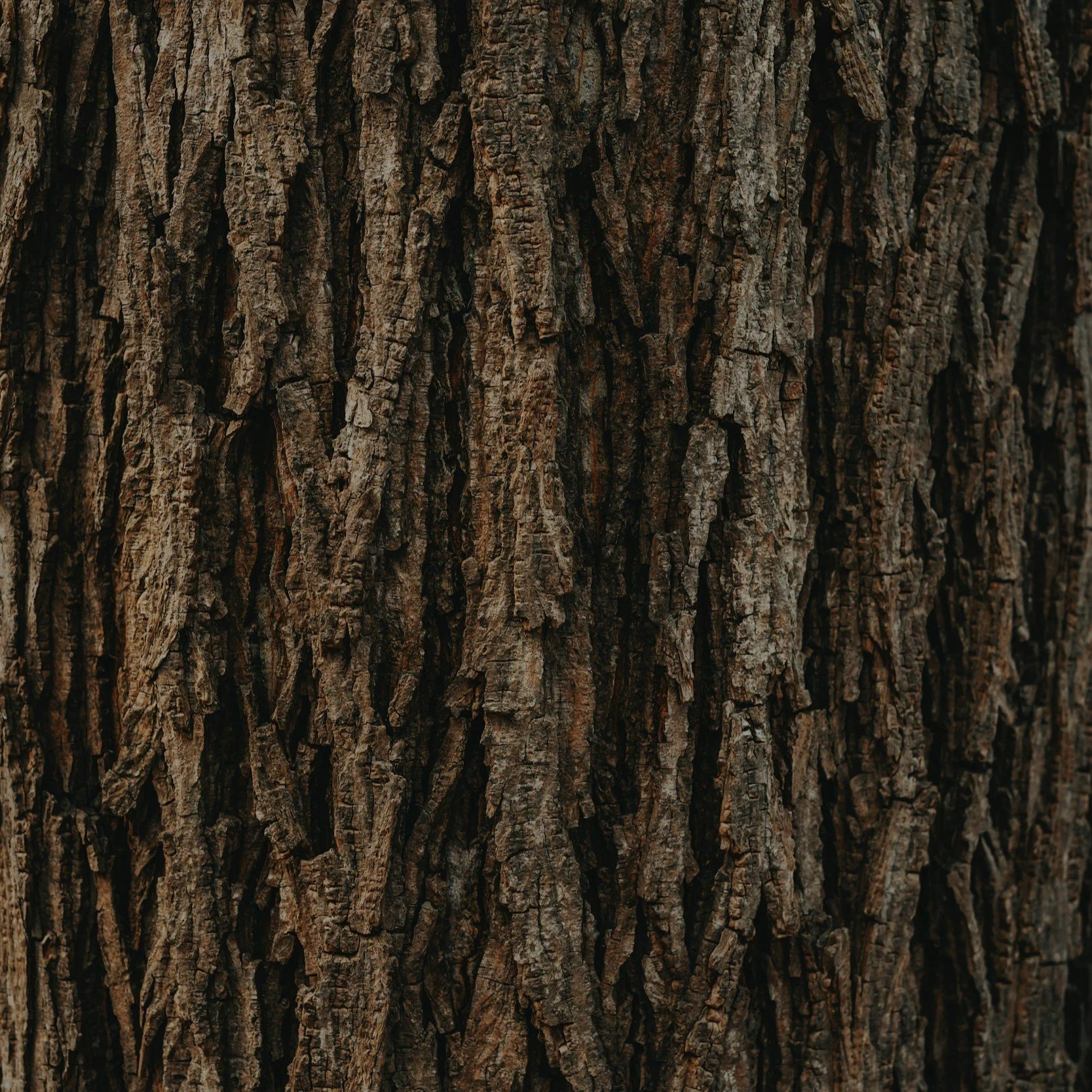Lignin
Definition: Lignin is a complex organic polymer found in the cell walls of plants, particularly in wood and bark, where it provides rigidity and resistance against degradation. It is one of the most abundant organic polymers on Earth, second only to cellulose, and plays a crucial role in the structure and water transport in plants.
Role in Mushroom Cultivation: In mushroom cultivation, lignin is significant because it serves as a substrate component for certain types of mushrooms, especially those that naturally decompose wood. Fungi that can break down lignin are known as white-rot fungi and include many gourmet and medicinal mushroom species. These fungi produce lignin-degrading enzymes, such as laccases and peroxidases, which allow them to access the cellulose and hemicellulose in wood for nutrition by breaking down the lignin barrier.
Lignin in Substrates:
Wood-Based Substrates: Logs, wood chips, and sawdust are commonly used in the cultivation of lignin-degrading mushroom species. The lignin content in these substrates supports the growth and fruiting of mushrooms by providing a complex nutrient source that mimics their natural habitat.
Preparation and Treatment: The preparation of wood-based substrates often involves processes like chipping, soaking, or sterilization to make the lignin more accessible to the fungi and to reduce contamination from other microorganisms.
Importance in Cultivation:
Species Specificity: Not all mushrooms can degrade lignin. Those that can are particularly suited to substrates with high lignin content, making the choice of substrate crucial for successful cultivation.
Ecological Role: Lignin-degrading mushrooms play a vital ecological role in breaking down wood and returning nutrients to the soil, a process that can be harnessed in mushroom cultivation to produce food, medicine, and other valuable products.
Considerations:
Cultivation Difficulty: Because lignin is more resistant to decomposition than other plant materials, mushrooms that degrade lignin may require longer colonization times and more specific environmental conditions for optimal growth.
Substrate Longevity: Substrates with high lignin content can often support multiple flushes of mushrooms over an extended period, as the mycelium slowly breaks down the lignin to access other nutrients.
Conclusion: Lignin is a key substrate component for the cultivation of certain mushroom species, especially those capable of degrading this complex polymer. Understanding the role of lignin in mushroom nutrition and substrate choice is crucial for cultivators aiming to grow lignin-degrading mushrooms, both for optimizing growth conditions and for harnessing the ecological benefits of these fungi.
Want to grow mushrooms easily? Check out our RyzaPods.
